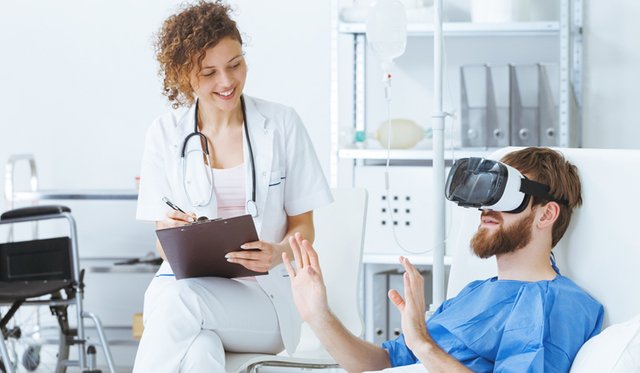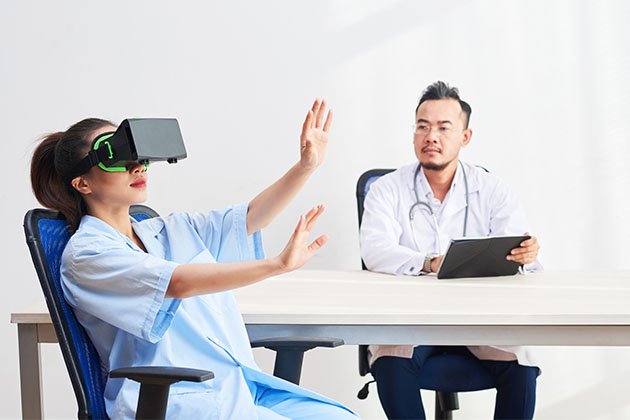We live in a modern era where technology plays an important role in our daily lives. Many people are inept to envisage the period of time when technology begins to develop incredibly rapid day by day. Virtual Reality (VR) is one of the latest and modern technologies which was introduced a few decades back and has taken a major position in the field of technology in a very short time.
VR ideally involves the creation of an immersive computer-generated world, experience and characters. It makes use of an artificial environment generated by the computer in which simulates the real environment VR- the three-dimension, computer generated environment which can be explored and interacted with by a person. The person that becomes part of this virtual world or is ‘’immersed’’ within this “environment” can manipulate objects or perform a series of actions”.

In simpler terms, virtual reality is the creation of a virtual environment that it shown so realistically that our senses are tricked into thinking that we are actually there .besides gaining an immediate acceptance in the world of computer games, it is now being used in many domain of life including medicine, education, cinemas, military and architecture..
It is to be mentioned that technology plays a vital role in the field of medicine and it is considered as the driving force behind health care. The latest technology of virtual reality plays a very important role in modern health care. The use of the emerging 3D computer technology of virtual reality in the use of relieving pain in physically impaired conditions such as burn victims, amputees, and phantom limb patients, during therapy and medical procedures. Virtual technology generates a three dimensional visual virtual world which enables interaction.
It helps in treating chronic pain (pain management), helps in fighting memory loss. Virtual reality is used in many areas of healthcare which range from diagnosis, treatment, e.g. Surgery, rehab and counselling it helps in preoperative planning. Treatment of post – traumatic stress order (PTSD) and phobia therapy, recovery from stroke or head injury. With VR, a physical therapist can control the patient’s environment and measure the impact it has on their balance and mobility.

Using 3D motion-tracking cameras, medical professionals can map patient’s movements while they play the game, for patients with cerebral palsy and stroke patients. VR games can help to distract patients or just entertain them while they wait in the hospital. It deal with addiction. Because the brain has trouble differentiating between virtual stimuli and real stimuli, virtual environments can serve as useful practice for dealing with real-life temptations. It helps in educating patients virtual reality is also revolutionizing the education and training of medical professionals.
VR can gamify your workout or transport you to virtual environments to make workouts more fun. It reduces stress and boredom for patients in hospitals. VR technology is having an increasingly prominent impact on the medical field, and medical VR treatments and programs are becoming more common!!